[ad_1]
It’s helpful to winterize your yard sooner than the first frost date in autumn. That strategy, as quickly as freezing temperatures arrive your crops shall have the ability to brave the chilly. They’ll have extra security to permit them to erupt in bloom as quickly as spring warmth arrives.
Totally different duties protect the yard wanting and performing its biggest. We’ll clear summer season season particles, add mulch all over the place, and clear devices and supplies. Barely work now means you’ll rest easy all via the chilly season. You might check out seed catalogs and plan your future layouts with out worrying regarding the current state of your yard.
Some duties are further important than others. We’ll prioritize an essential ones first and go down the itemizing in order of priority. Each yard is totally totally different, so some is likely to be simply best for you whereas others gained’t. Take stock of your yard, and likewise you’ll know exactly which chores to prioritize this autumn.
Tie Up Weak Wooded Shrubs
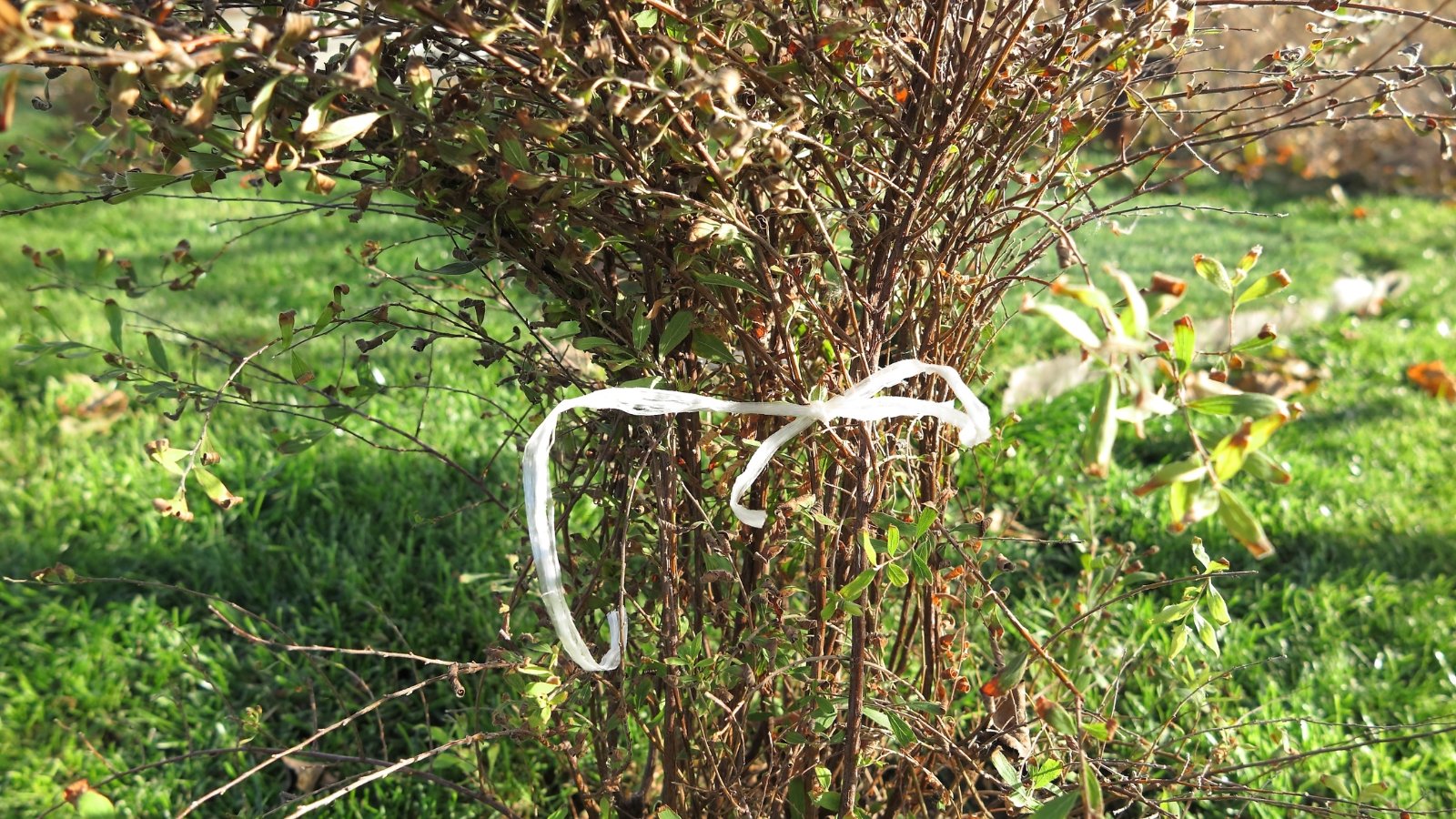

Winter snow and ice threaten woody crops! Ice and snow are heavy, and to allow them to overwhelm branches to the aim of breakage. In all probability essentially the most susceptible specimens embody arborvitae, youthful rhododendrons and azaleas, and evergreen shrubs like boxwood. Using a straightforward strategy, we’ll protect the ice and snow off their branches and assure breakage doesn’t occur.
Start clearing any present snow off of the branches, and steer clear of eradicating ice. As quickly as the entire snow’s gone, use a rope to tie the branches upward. Upward sloping wood prevents snow from construct up and weighing down the specimen. It’ll be safe no matter extreme winter storms.
Snow and ice are insulators, though, and good for shielding the soil. Enable them to take a seat throughout the bottom of your crops, and they also’ll act like an pure mulch. As soon as they thaw in spring, the moisture will help early flowering bulbs and perennials emerge from the underside with ease.
Insulate Container Crops
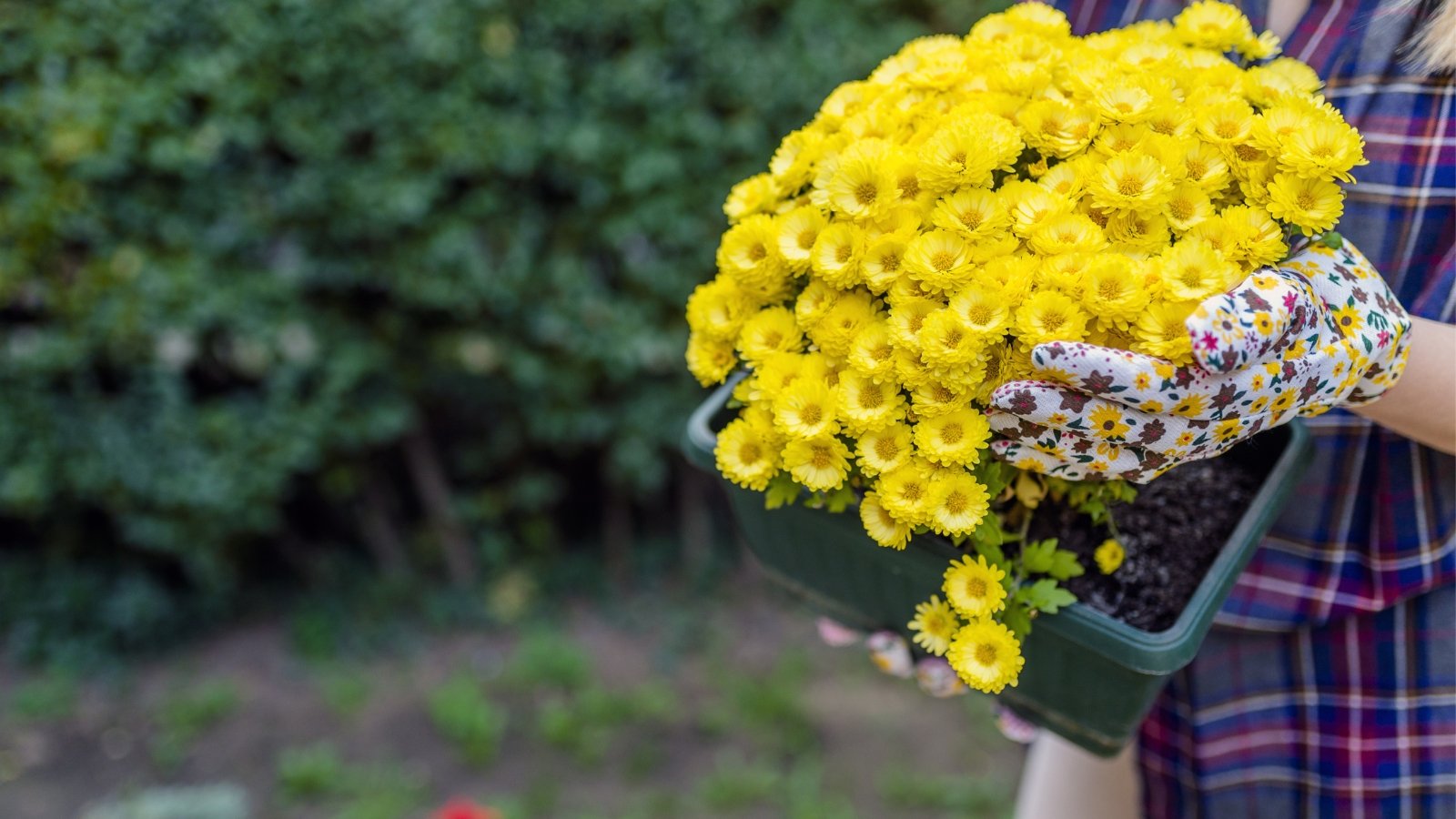

Filth protects crops from frost and ice. The deeper it goes, the warmer temperatures are. Container crops lack the luxurious of getting insulated roots and might need a change of tempo sooner than the first frost date. Some species, like hardy junipers, survive year-round in containers open air with little security. Others, like eucalyptus, need a protected spot to endure the chilly season.
Switch frost-tender outdoors crops in containers to a location like a cool storage, chilly physique, or protected porch or balcony. These spots current cowl from snow, rain, and ice—moreover they provide some warmth within the occasion that they’re sealed or close to large buildings. Whenever you lack these areas, use blankets, frost material, or plastic sheeting to insulate the pots.
Most tropical houseplants gained’t survive open air besides you reside in USDA hardiness zone 10 or above. Some hardy houseplants will survive, like asparagus ferns or positive desert cacti. Most warmth-loving species need the protection of a house all through winter. Wash their leaves, clear them of pests, and produce them indoors to a brightly lit location.
Cowl Tender Perennials
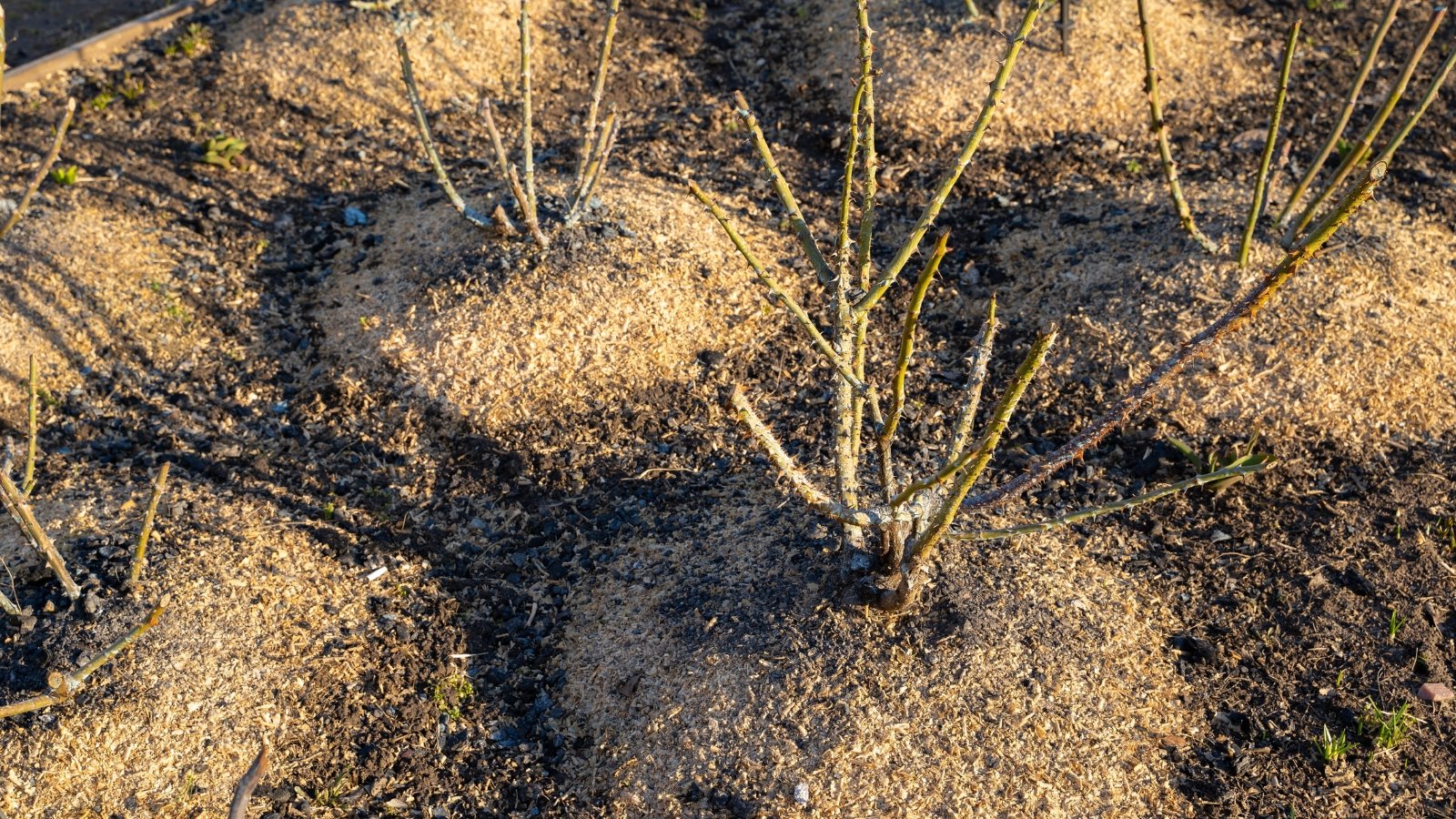

Herbaceous perennials are crops that die beneath ground all through winter, whereas others are ones that lose their leaves and fortify their woody stems. They emerge with new progress in spring as quickly because the local weather warms and days lengthen. Some survive with out cowl in milder zones, though others are frost-sensitive and admire a thick mulch layer.
These are some widespread yard perennials that admire insulation by the use of mulch:
- Hardy Fuchsias
- Sages
- Dahlias
- Roses
- Pineapple Guava
- Canna
- Oregano
- Catnip
- Delicate Ferns
- Clematis
Use a thick layer of mulch like compost, fall leaves, or leaf mildew to insulate the idea zone. Cowl the crowns of species like hardy fuchsias, as they protect some dwell vitality of their lower branches all through winter. The thicker the layer, the further warmth and insulation you current. Uncover these yard specimens in spring to permit them to emerge with out problem.
It must be well-known that in climates with fixed freezes, a number of of those crops gained’t survive, even with a thick layer of mulch. On this case, look to your hardiness zone and study it to the advisable zone for the species. It may very well be larger to develop some in containers, counting on the place you reside.
Confirm Soil Moisture
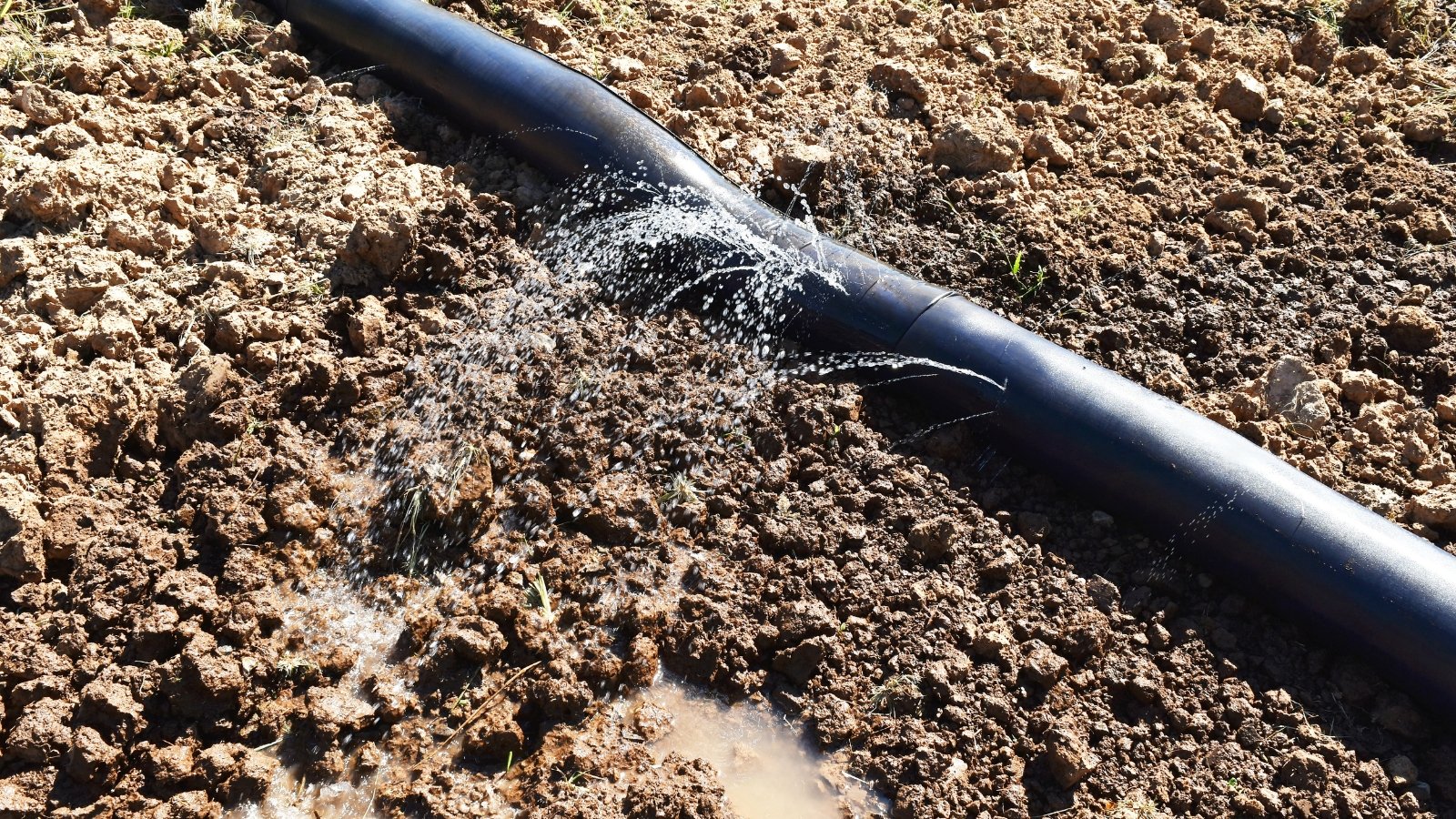

Soils typically preserve moist all via the winter, and most gained’t need further irrigation. The areas that do require extra water are these lying beneath cowl—eaves, awnings, and guarded porches forestall moisture from falling into the grime. Chilly temperatures significantly threaten thirsty crops lying beneath them.
Holding winter soils moist retains crops alive! Assure no areas dry out. A easy methodology to examine moisture ranges is with the finger examine. Uncover the realm from any leaves or mulch, and stick your finger immediately into the underside as deep as a result of it goes. Preserve off on watering in case you sense moisture, and apply water if it’s dry.
It’s biggest to water on warmth winter days early inside the morning. This prevents premature freezing, allowing the crops to drink sooner than the water turns to ice.
Amend Yard Soils


As winter approaches, you’ll see tomatoes, peppers, and annual wildflowers die once more to the underside. Their foliage turns black and mushy, and their stems fall over. You have gotten two decisions for these areas: let the pure matter decay in place, or relocate it to a compost pile.
Whenever you handle the particles, begin amending yard soils with further provides. Apply a one to three-inch thick layer of mulch; provides like compost, straw, and fall leaves work fully. You’ll want to make use of an pure supplies that decays. Decaying mulches current nutritional vitamins for crops, host useful soil microbes, and they also defend useful bugs that overwinter inside the cowl.
If the grime is compact, now will also be an excellent time to aerate the soil. Use a soil aerator gadget made for the job, or simply stab a pitchfork inside the ground to create air pockets in dense earth. Thick mulch layers could even help break up compact soils by together with building, porosity, and water retention.
Put collectively Lawns for Frost
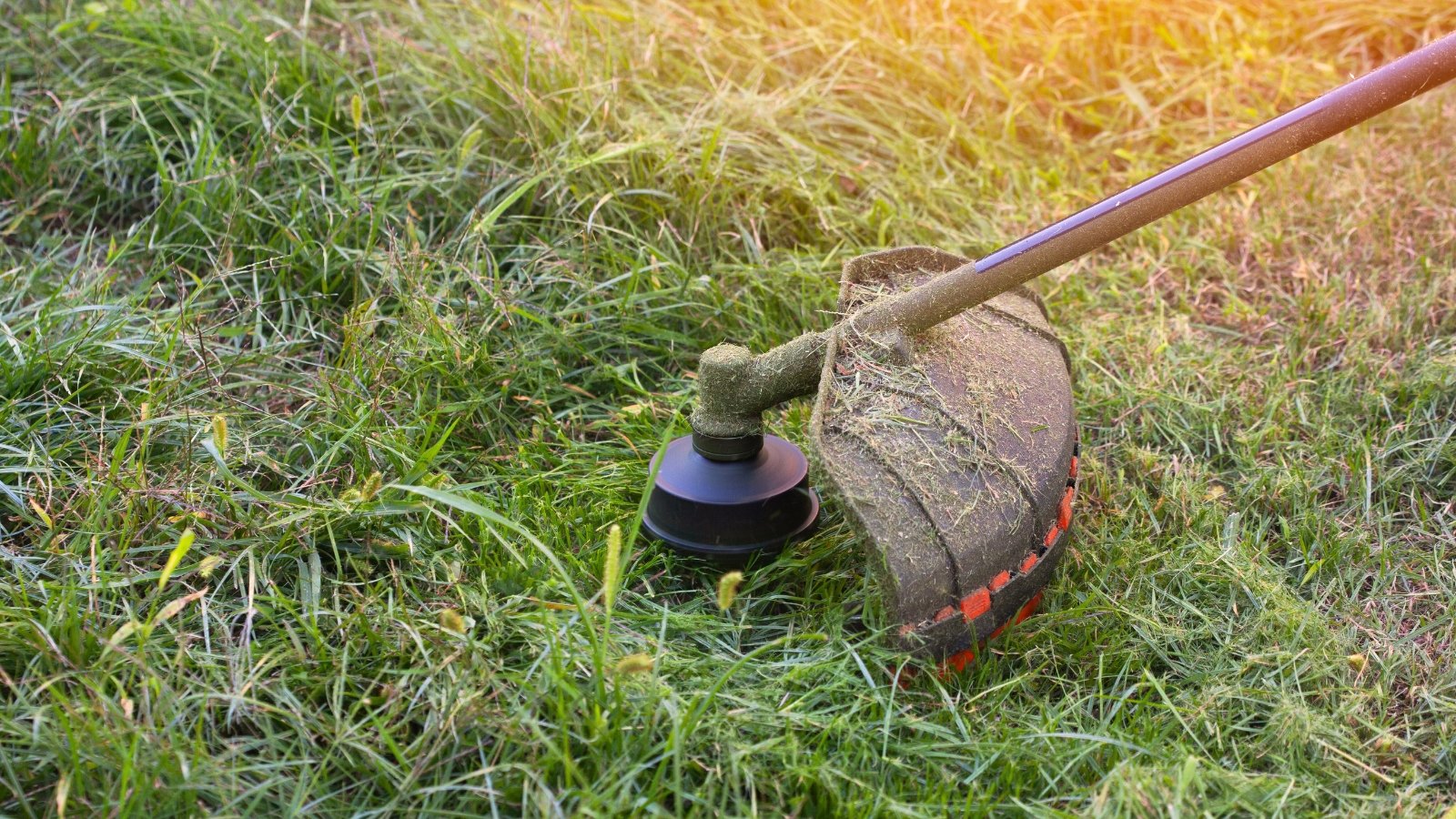

Fall is an ideal season to put collectively your backyard for winter. Cool, moist autumn local weather causes grass to develop sooner than the first frost date. To hold out its biggest subsequent spring, your backyard will need a few mowings and layers of mulch. Start by mowing so the grass is taller than via the rising season; protect it between two and 4 inches tall.
A extreme grass blade peak protects and insulates the soil, stopping delicate roots from freezing. While you’re mowing likelihood is you will come all through fall leaves from shut by timber. As an alternative of bagging them up or mowing them proper right into a bag, use a mulch plug! It retains the grass and leaves in one of the simplest ways of the mower blade. As an alternative of sucking them proper right into a bag, it chops them up into tiny gadgets and injects them into the underside.
Whenever you lack a backyard mower with a mulch plug attribute, try gathering the leaves to make compost or leaf mildew. Then, as quickly because the amendments are ready, broadcast the mulch all via the backyard. Handheld contraptions exist that make broadcasting easy. They spray small particles and work correctly for shelling out mulch, fertilizer, and pH adjusters.
Start a Compost Pile
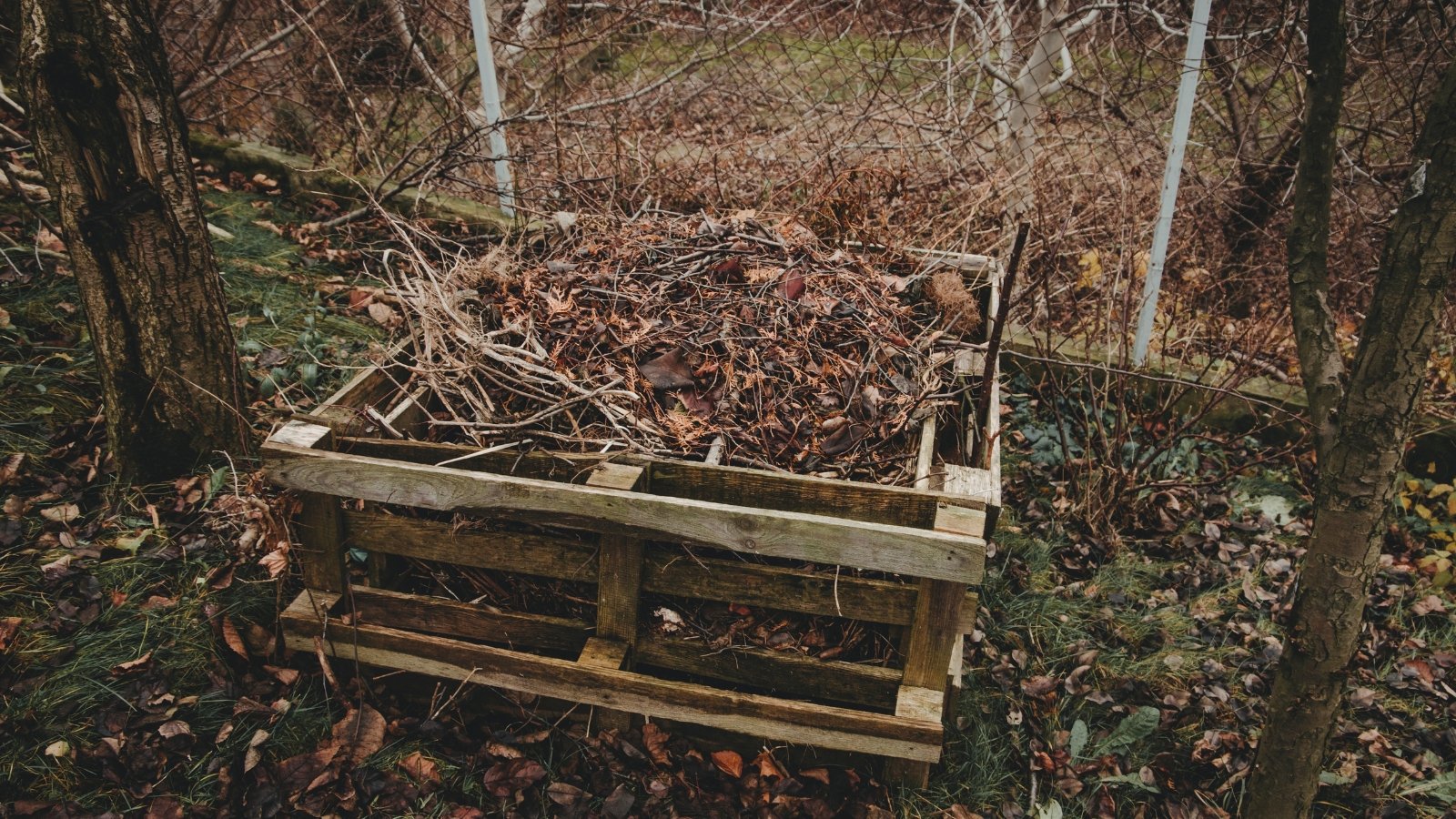

Compost piles are fantastic devices for recycling waste. They flip rotting pure matter into fertile, black, crumbly soil crammed with humus. Autumn is an ideal time to begin out a compost pile because of pure waste lies in further. Grass clippings, fall leaves, and fallen twigs are all over the place! Collect them, make a pile, and handle it; you’ll have a free soil modification by springtime.
Compost desires a stability of two fully totally different provides: greens and browns. Greens are fleshy plant cuttings, kitchen scraps, and grass clippings. They’re sometimes moist, fleshy, inexperienced, and rich in nitrogen. Browns are dry and crammed with carbon. They’re points like cardboard, paper, straw, and fall leaves.
Mix the waste in a pile at a 1:2 or 1:3 ratio of greens to browns. For every scoop crammed with inexperienced waste you add, you’ll have to put two or three scoops of brown waste inside the pile. A pile three ft intensive, tall, and prolonged is the right dimension for quick decomposition.
Compost desires widespread turning and fixed moisture. Turning entails using a pitchfork to rotate the particles. This injects air into the pile and hastens decomposition. Flip your piles on daily basis to create scorching compost, and month-to-month for cold compost. Water the piles as sometimes as that you could protect them at 50% moisture. They should actually really feel like a wrung-out sponge for those who grasp a clump of them.
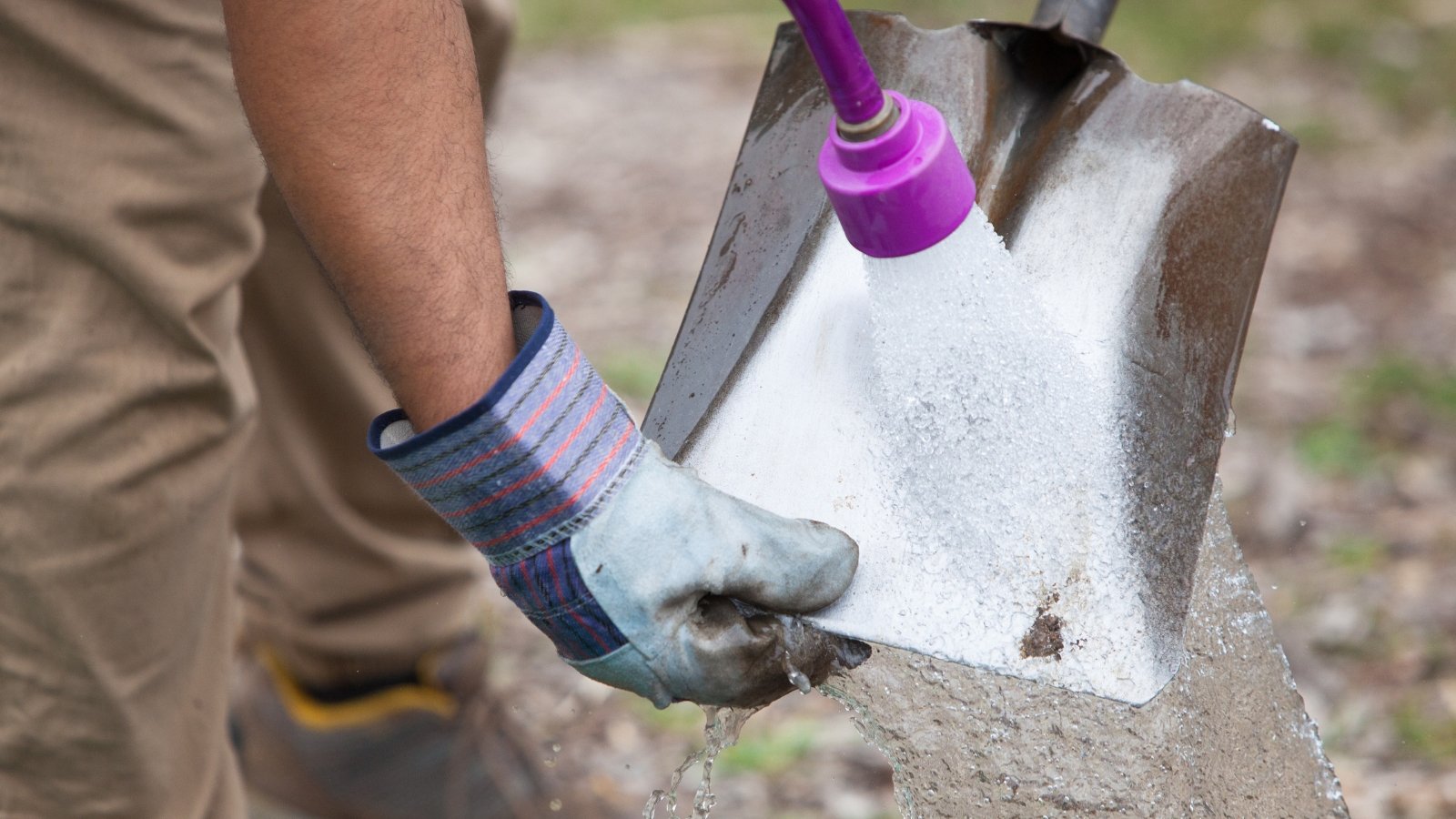

Winter supplies us gardeners numerous free time! With out pruning, fertilizing, or amending not rather a lot else is there to do. Because of we’re doing a lot much less, you perhaps gained’t need to make use of your gardening devices. Now’s the most effective time to clear, sanitize, and retailer them for the off-season.
It’s moreover time to sharpen slicing devices! Try sharpening with a whetstone or a handheld sharpener that’s easy to utilize. After sharpening, use rubbing alcohol to sanitize and clear off particles from the blades. I prefer to make use of a stainless-steel scrubbing pad to remove dry sap and particles. As quickly because the devices are clear, permit them to dry completely.
You would apply a lubricating or rust-preventative oil at this stage if the devices need it. In some other case, retailer them in a cool and guarded location away from moisture. They’ll be sharp, clear, and sickness free, so you might merely seize them and put them to utilize as quickly because the local weather warms.
Plant Winter Bloomers
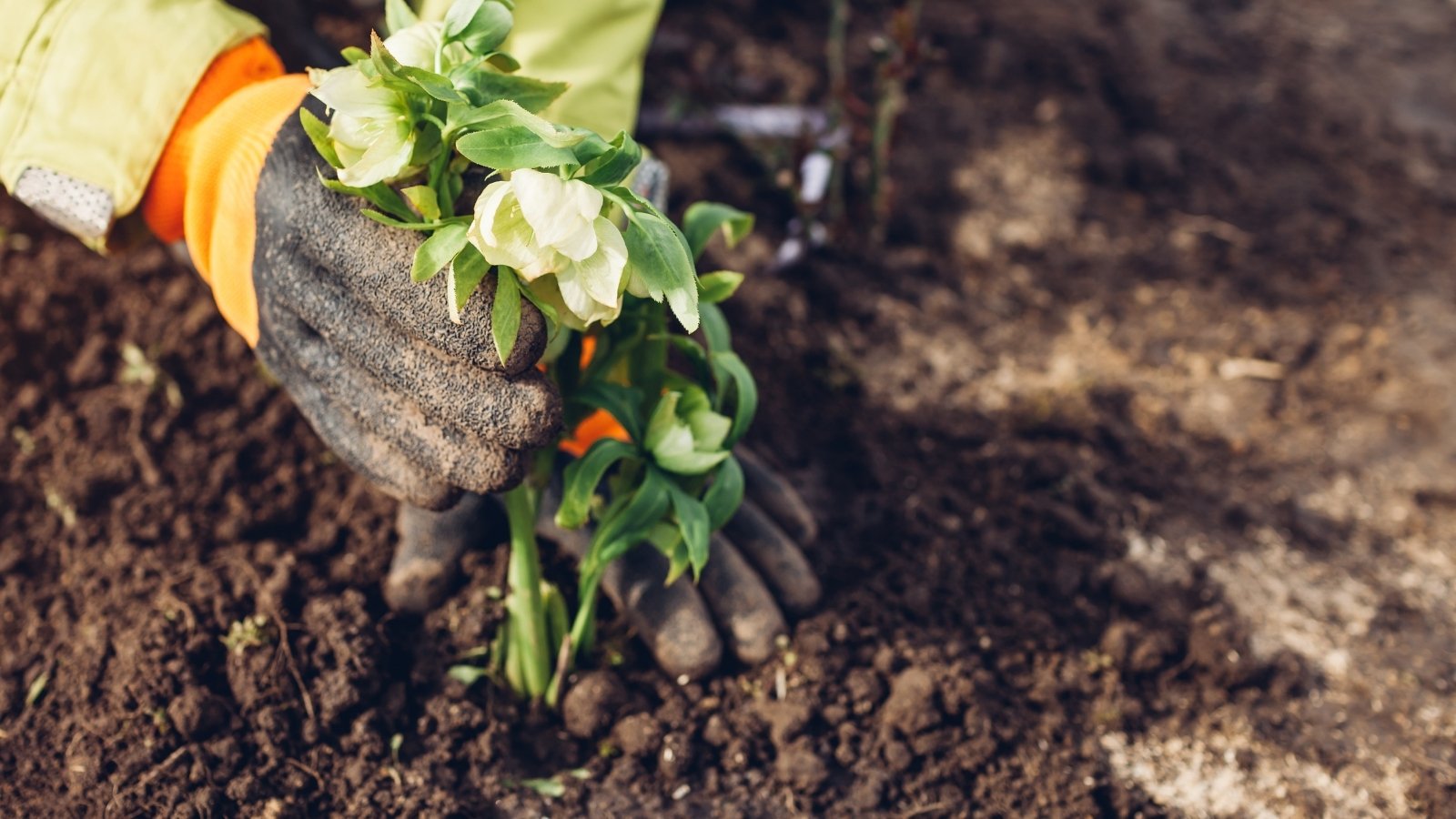

A winter yard with blooms is possible in a few temperate zones. Whenever you dwell from USDA hardiness zones 6 and above, you might seemingly protect pansies, hellebores, and violas in your yard for early flowers via the chilly season. Hellebores bloom in early spring, whereas some pansies obtain this in fall and protect going until spring.
It is also doable to plant winter annuals now in chilly climates beneath zone 6. Your crops may die all through winter, nonetheless they’ll current some fall coloration and wildflowers until they tucker out. Totally different excellent fall species are chrysanthemums, decorative peppers, and American asters.
Whereas planting cold-loving species, you’ll be able to even plot out your future yard format for subsequent spring. Take stock of the empty areas you’ve got obtained, the conditions they receive, and what crops could develop in them. With a bit prep work now, you’ll have all of the items in place for a worthwhile rising season subsequent 12 months.
[ad_2]


